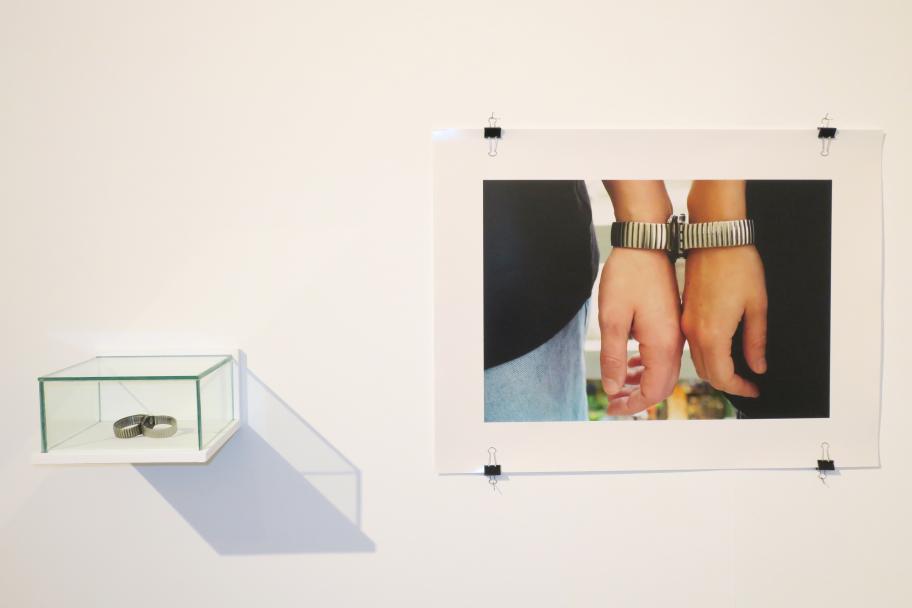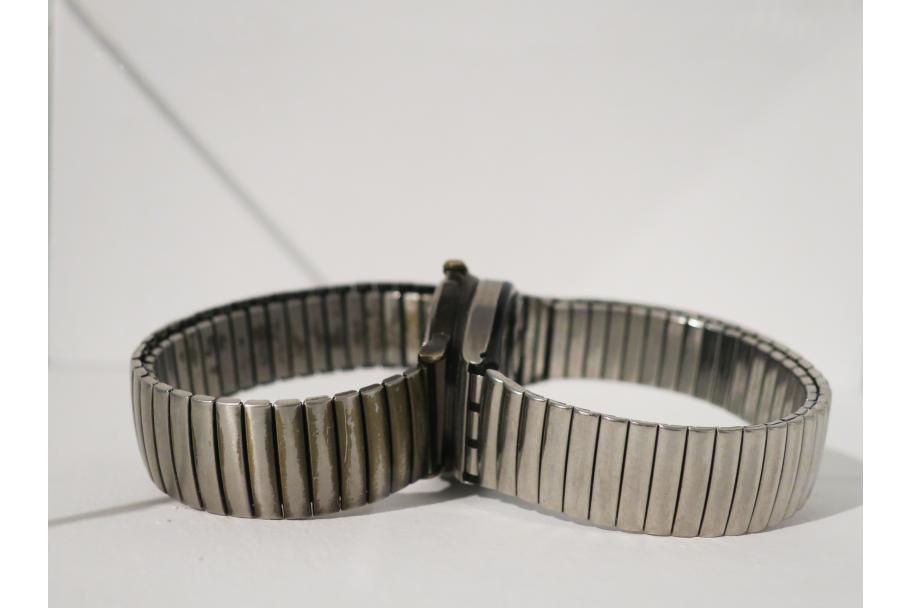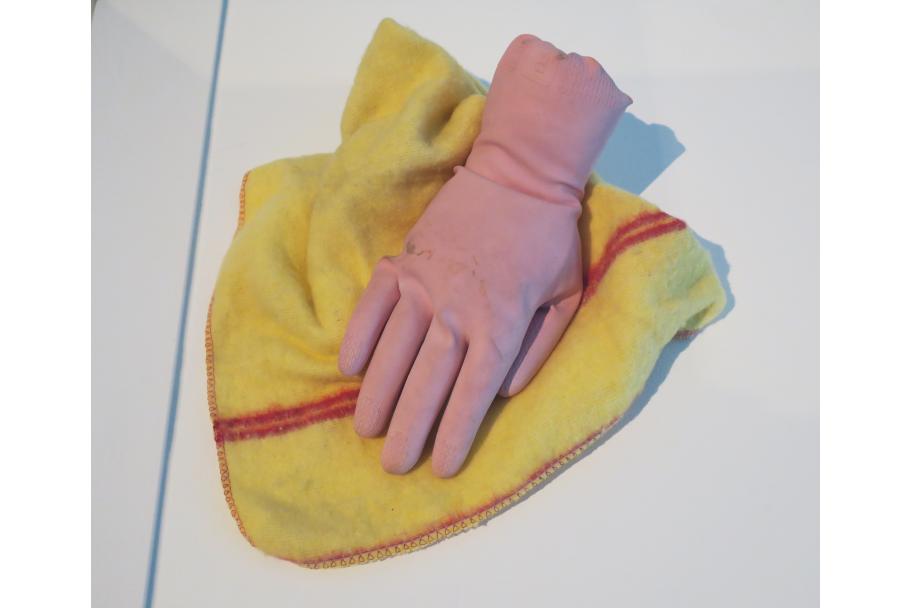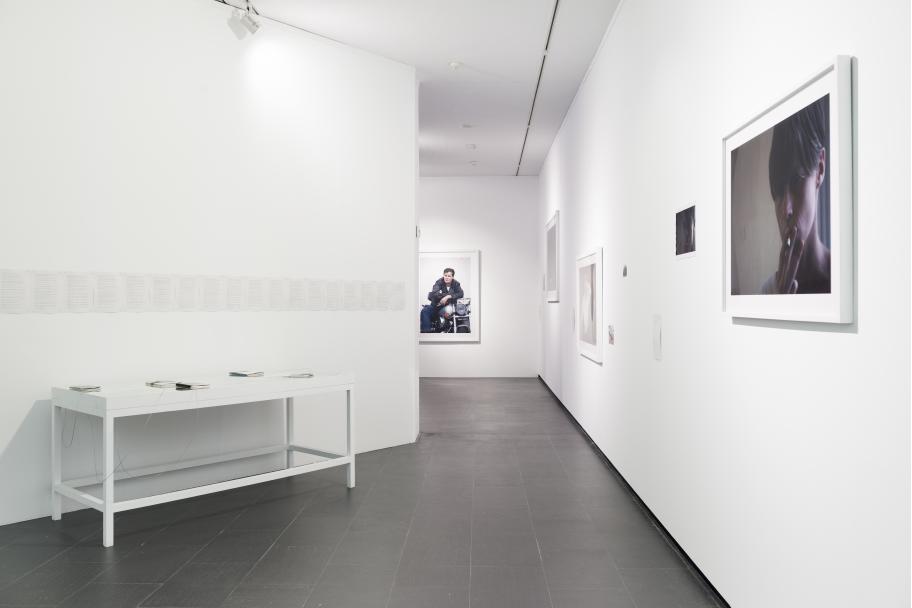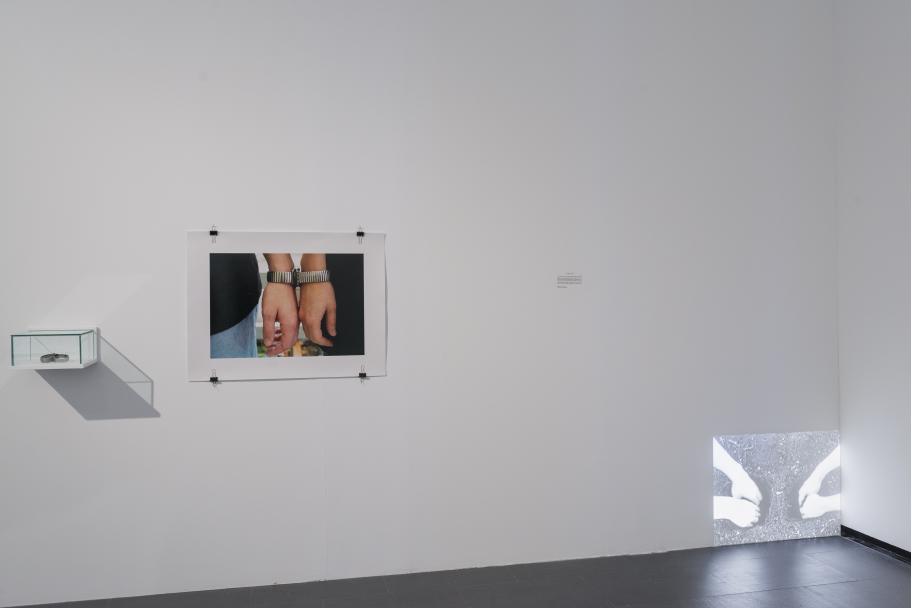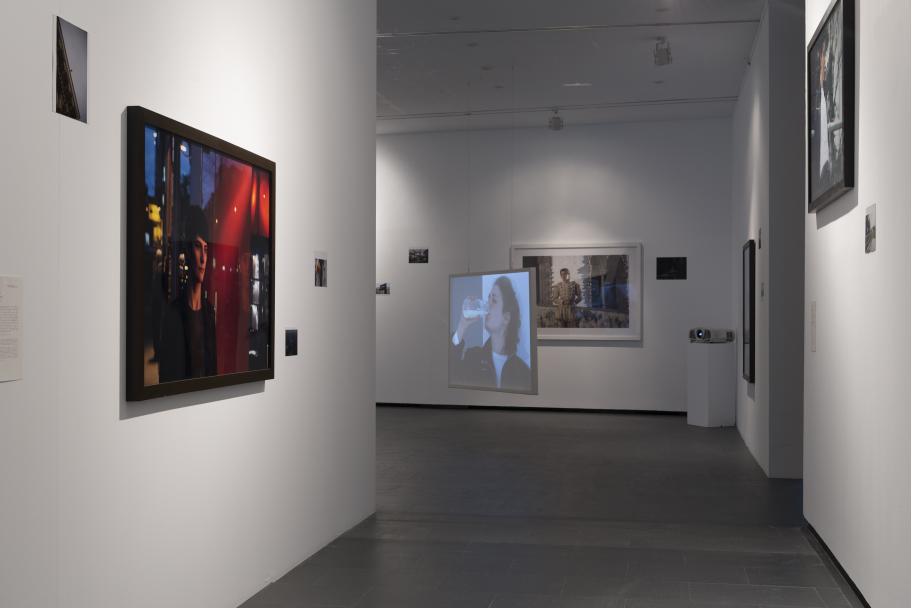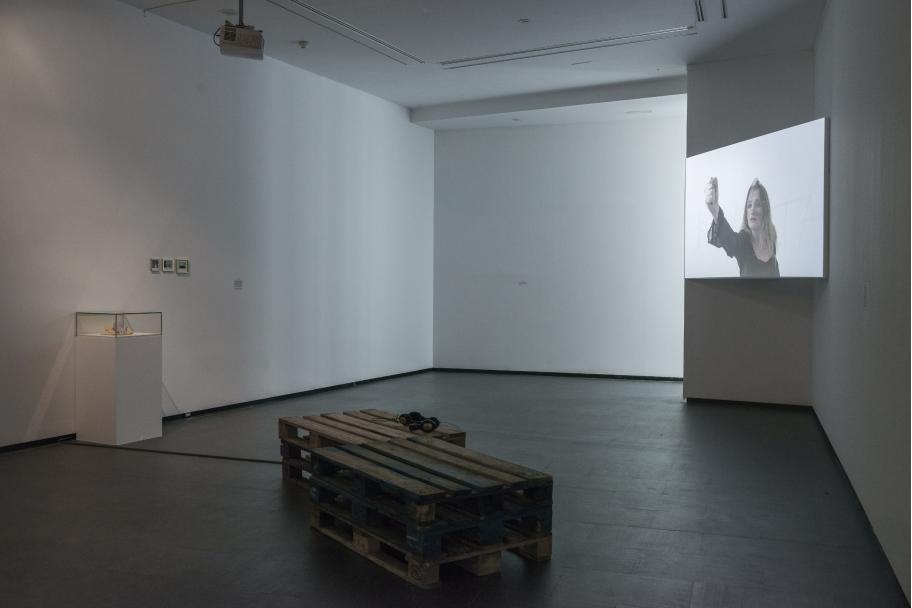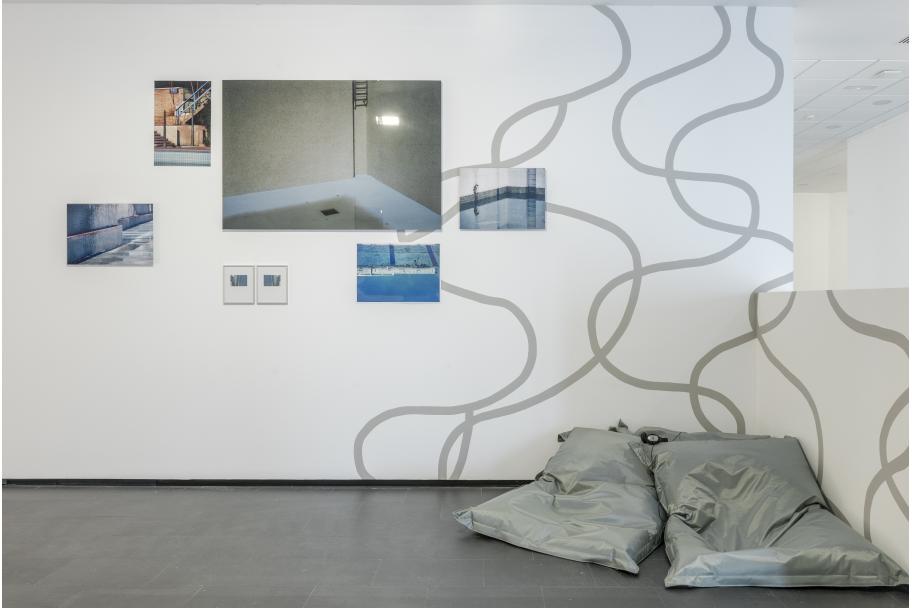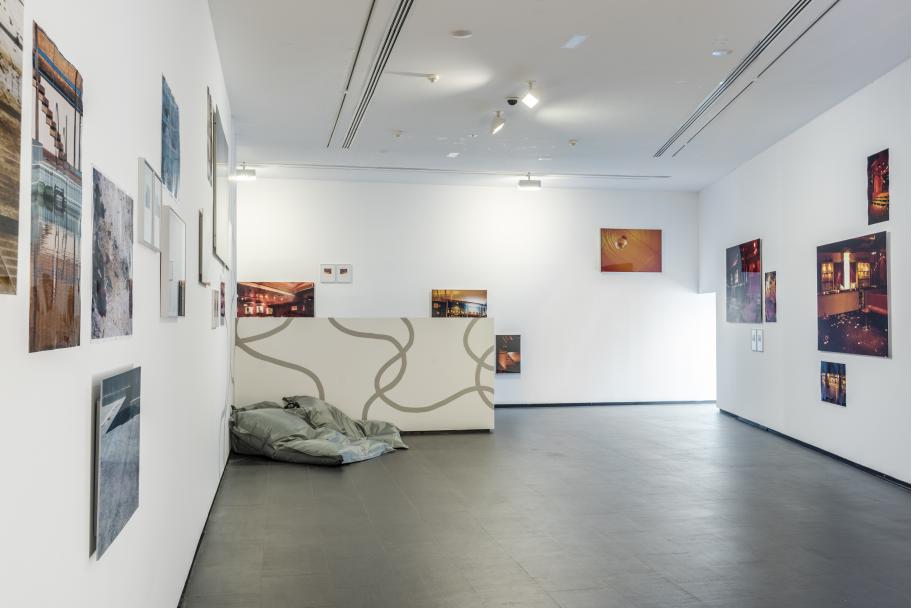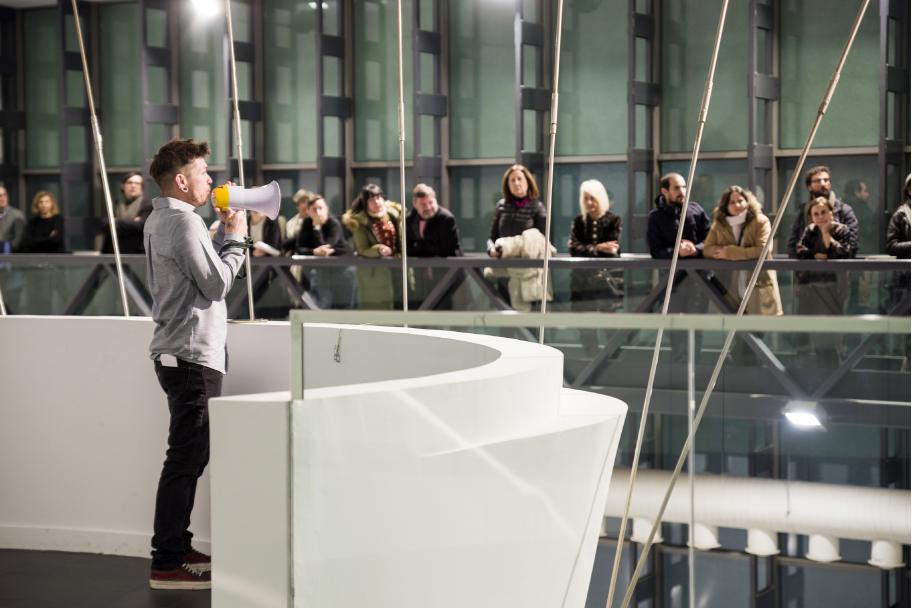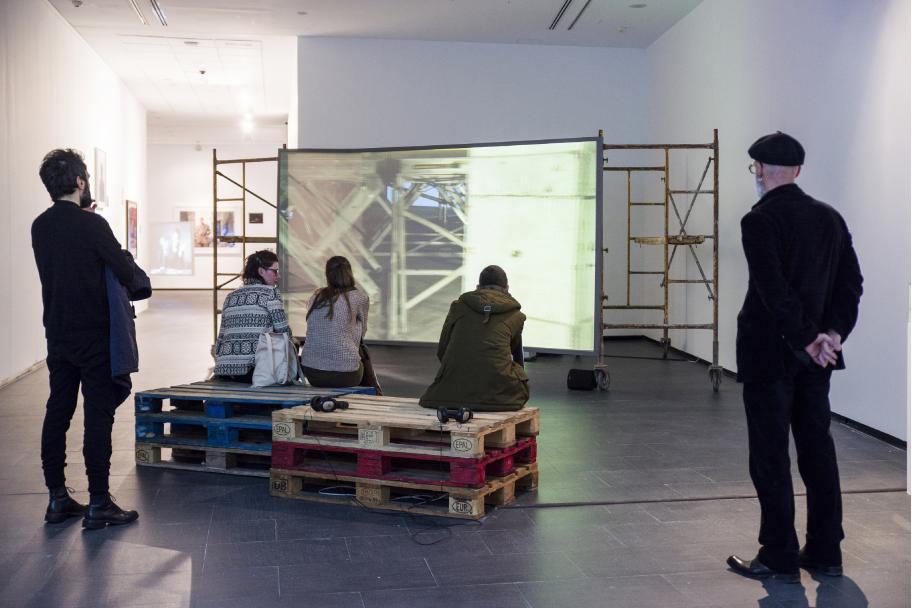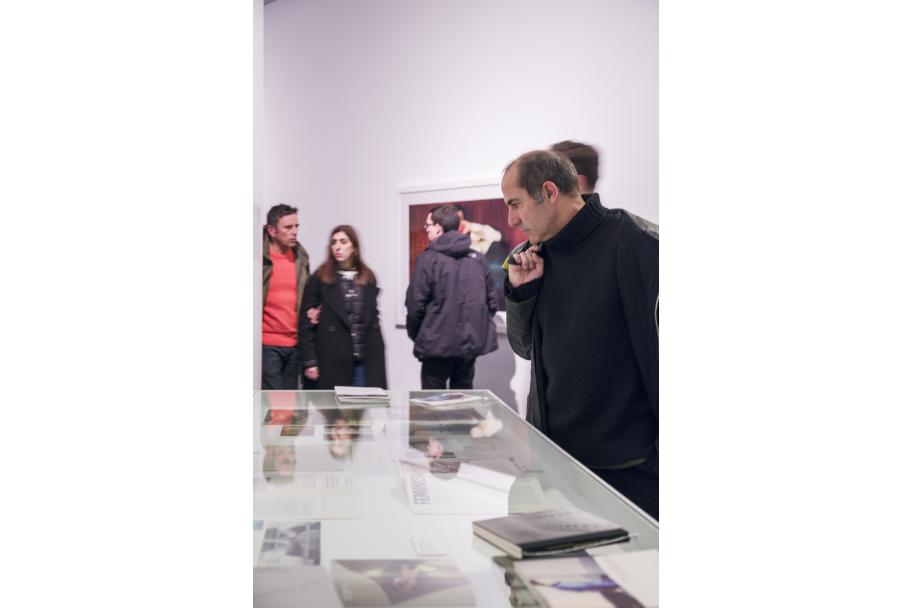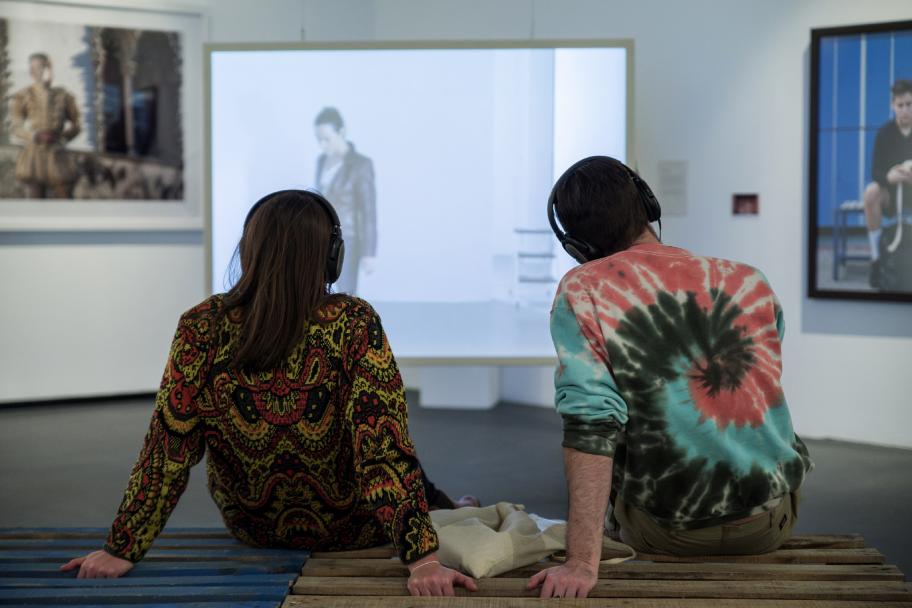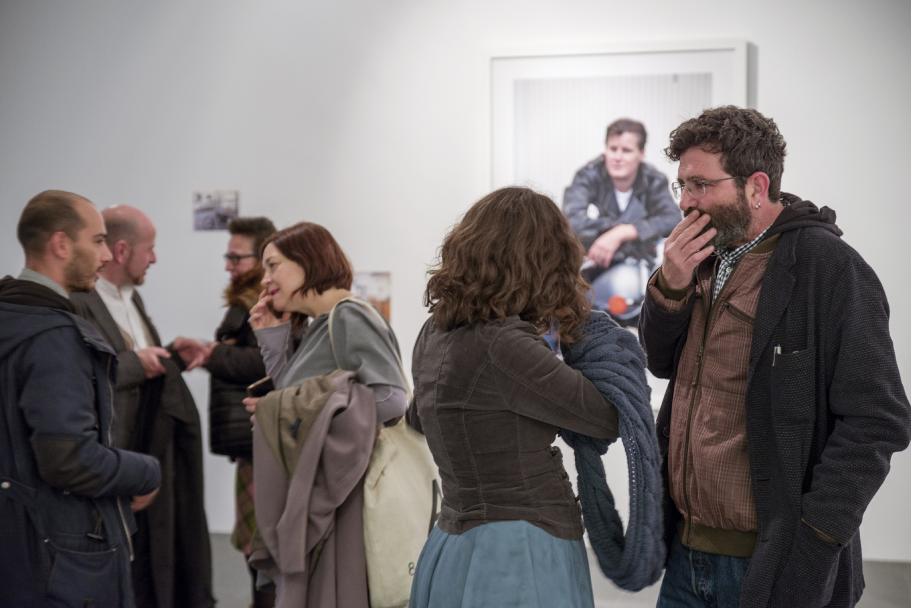- CA2M MUSEUM
- node
- Cabello/Carceller
Cabello/Carceller
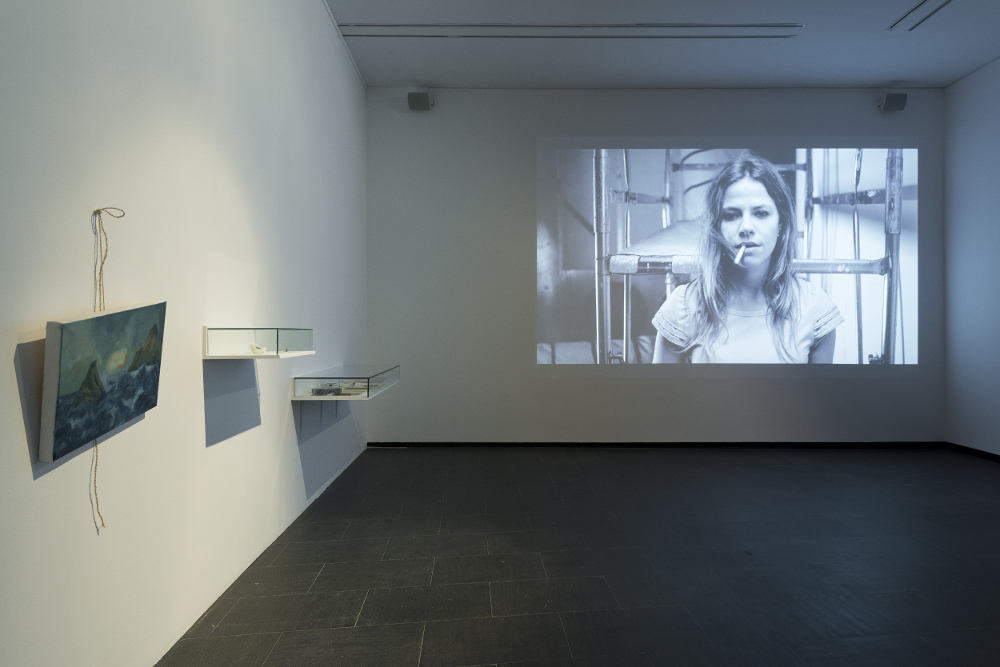
Exposición de Cabello/Carceller en el CA2M, 2017. Fotografía: Oak Taylor
CURATED BY MANUEL SEGADE
Since 1992, Cabello/Carceller (Paris, 1963 / Madrid, 1964) have constructed a joint artistic project focused on a critique of hegemonic visual culture. Over this time, they have made use of tools of feminist, queer and decolonial theory and of visual and cultural studies to produce a body of work that questions the neoliberal model of social production. By means of interdisciplinary practices they afford alternatives to conventional narratives on political minorities, including the debate on the role of contemporary art production. Based on mutual collaboration and on the incorporation of external actors and agents, their working method has enabled them to enact displacements and disruptions that uncover resistances to and divergences with conventional values.
Following their participation in the Spanish Pavilion at the latest Venice Biennale, this exhibition is the first survey show of their practice, contextualising their latest projects within a framework bookended on one side by the Cultural Wars of the late eighties—their formative period—and on the other by the social revolutions against the return to neoliberal order in recent years.
PUBLICATIONS
A catalogue of the exhibition will be published.
PARALLEL ACTIVITIES
De ida y vueltateacher-training project with Cabello/Carceller.
Desde 1992, Cabello/Carceller (París, 1963/Madrid, 1964) desarrollan un proyecto artístico común centrado en una crítica de la cultura visual hegemónica. Herramientas de la teoría feminista, queer y decolonial, los estudios visuales y culturales les han servido a lo largo de los años para producir un cuerpo de trabajo que pone en cuestión el modelo neoliberal de producción social. Mediante prácticas interdisciplinares ofrecen alternativas a los relatos convencionales sobre las minorías políticas, incluyendo en ellas la discusión sobre el papel de la producción artística contemporánea. Su método, basado en la colaboración mutua y en la incorporación de actores y agentes externos, les ha permitido dar representación a desplazamientos y desajustes que revelan resistencias y divergencias frente a los valores establecidos.
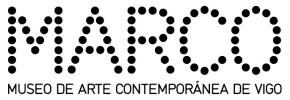
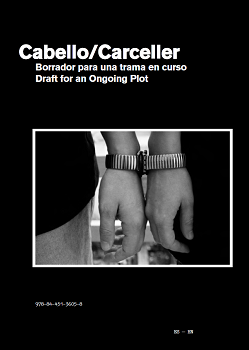
Through interdisciplinary practices, the artists offer alternatives to conventional narratives about socio-political minorities, including discussions about the role of contemporary artistic production.
